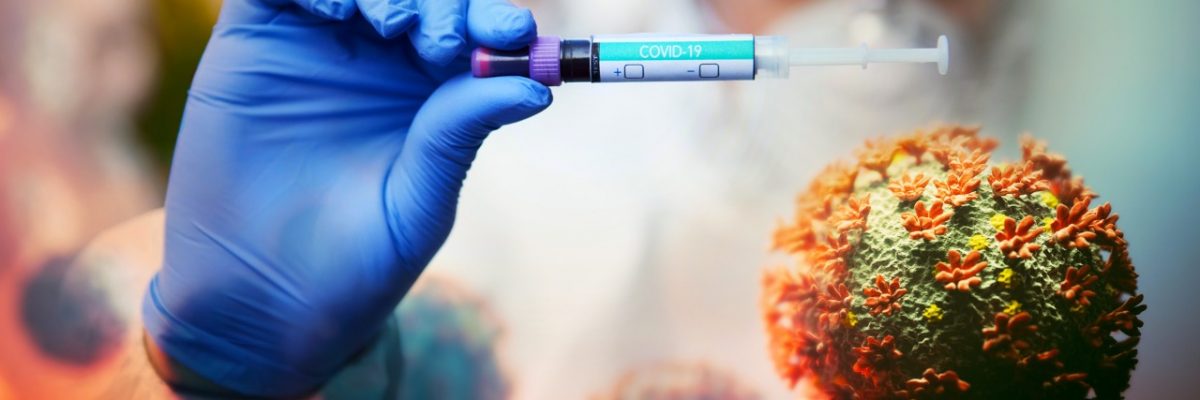Not long after the novel coronavirus which causes the disease COVID-19 was first discovered in China, scientists and doctors warned that the virus could cause issues across the world. It has now spread to at least 115 countries, with thousands of people in the United States now reported to have COVID-19.
But how is the virus spreading so quickly?
It all comes down to the basic reproductive number, or how many new people contract the virus from one infected person. This is how it’s calculated and how we can reduce it.

How disease spreads
A key factor in studying the spread of disease is determining the average number of new people who will be infected by each person with the virus. This is called R0, or the basic reproductive number. There are many, many variables that can go into calculating R0, but at the most basic level it involves three numbers.
First, the number of people each infected person has contact with is estimated. In this hypothetical example, let’s say each infected person comes into contact with three people susceptible to the virus.
The number of contacts is then multiplied by the percent chance that one of those contacts has been infected. In this hypothetical, let’s say the chance was 33%.
That number is then multiplied by the length of time individuals are able to contract the disease from the infected person. So if someone with this hypothetical virus had contact with three people per day, and there was a 1 in 3 chance of infection for each contact, and the infected person was contagious for three days, the R0 would be three.
So if the R0 of a virus was three, as in the example above, then about three new people would contract the illness from each person infected. Again, there are a lot of other variables that epidemiologists can add into this equation those are only the basics.
The R0 of coronavirus is usually estimated to be somewhere between two and three. This means that if one person contracts the virus, the next wave of infection assuming there was no intervention would be two to three times as large. It’s why the number of people affected increases rapidly after the first case in an area.
Researchers don’t know exactly what the R0 is for certain because no one has complete data on who has been infected. Most of the coronavirus maps you’ve probably been seeing, as well as the line chart above, show the number of reported COVID-19 cases.

But many people who have COVID-19 and no one knows how many are not being counted by medical authorities. COVID-19 can have mild symptoms or even no symptoms at all, and some people are unaware they even have the disease. However, a person who contracts COVID-19 from someone who had few or no symptoms may still have serious symptoms.
This means that in order to calculate R0 and other variables, researchers need to make assumptions about the number of people infected and other missing data. As a result, statistical estimates from different studies can vary. This is why while we know that the basic reproductive number of coronavirus is probably between two and three, the exact number is still uncertain.
In addition, because we don’t know for sure how many people have the virus, an area with 10 reported cases could easily have 100 cases in reality, with 90 unreported. And because of the exponential growth of the number of people with the coronavirus, those 100 cases could become 1,000 within a week.
So how do we stop the spread of the virus?
For as long as more than one new person, on average, contracts the disease from each infected person, COVID-19 will continue to spread. When the effective reproductive number is below one in other words, when each person with the virus is infecting less than one new person on average the virus will fade away.
This likely won’t happen for a while, but we can slow the spread of the virus by taking precautionary measures. By decreasing any part of the numbers that make up R0 number of contacts, risk of transmission, or duration we can decrease the number of new people contracting the virus, thus slowing the spread of disease.
